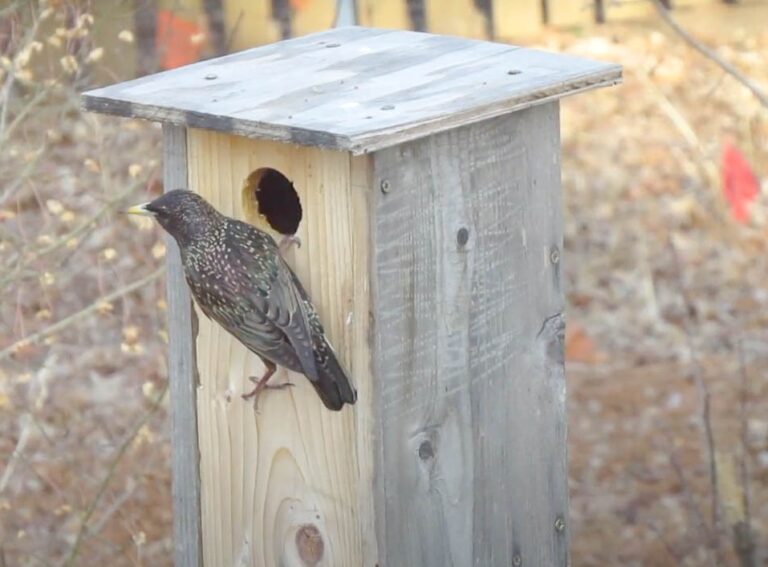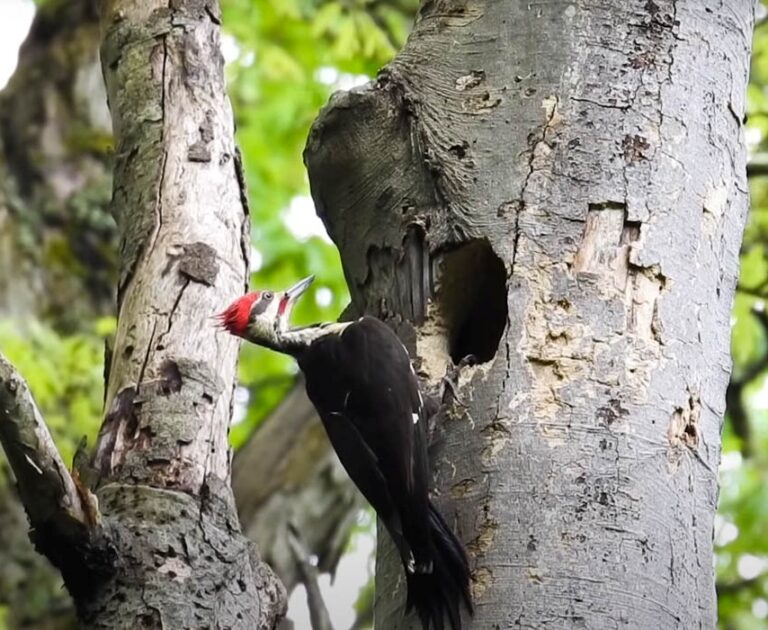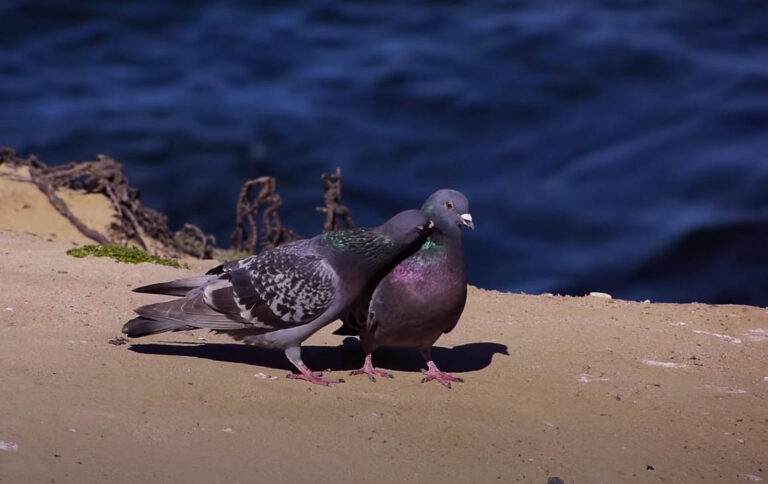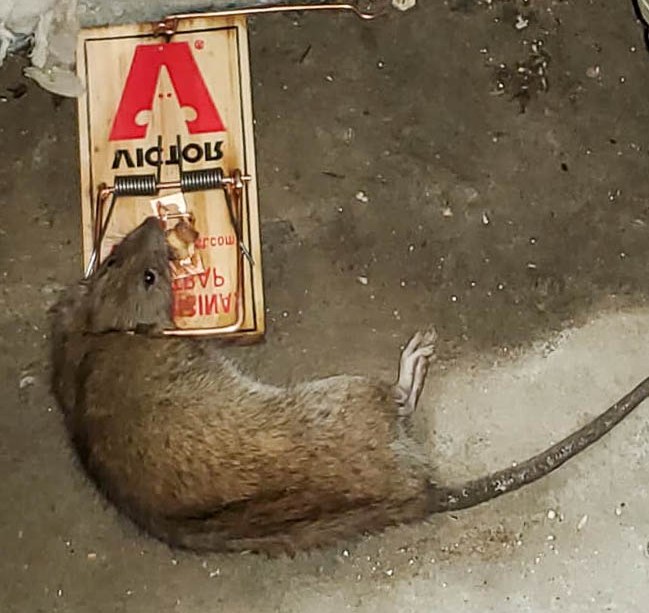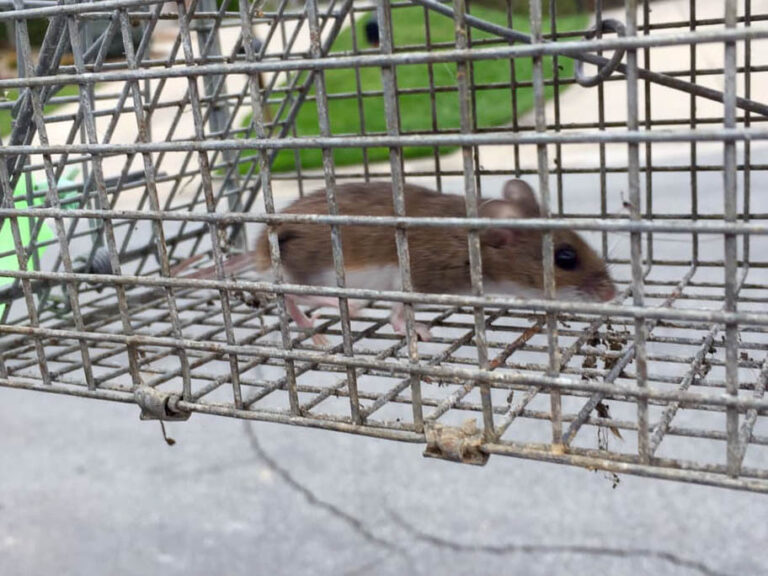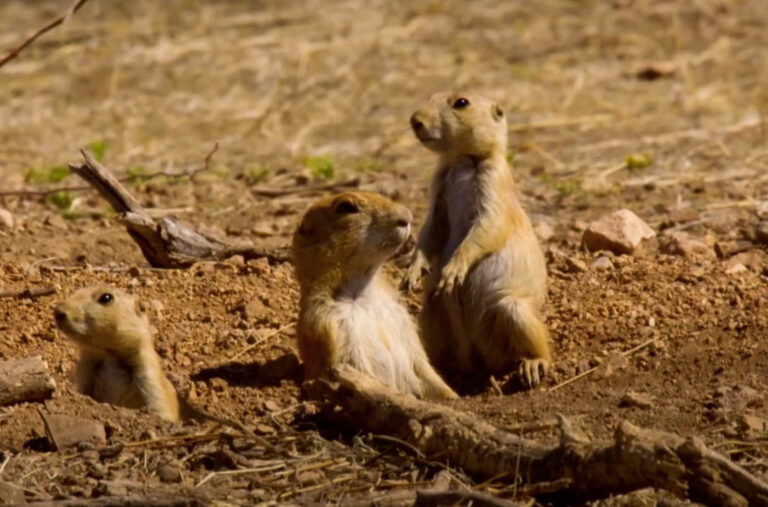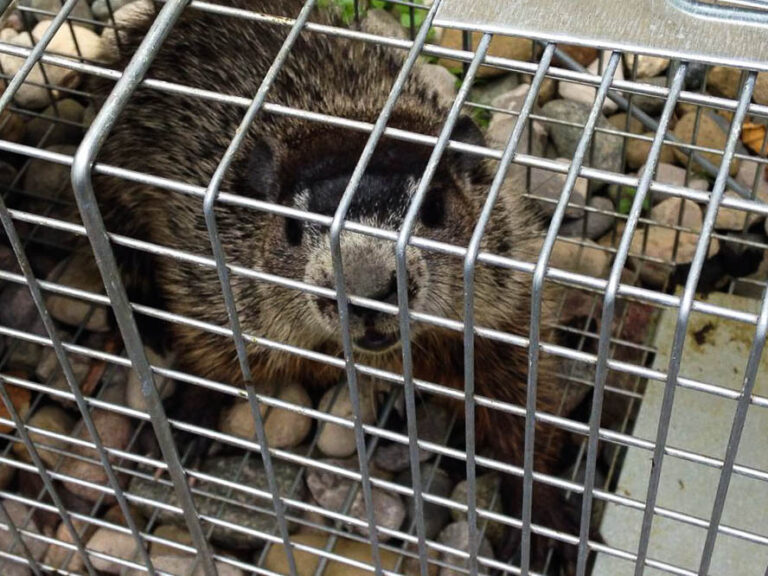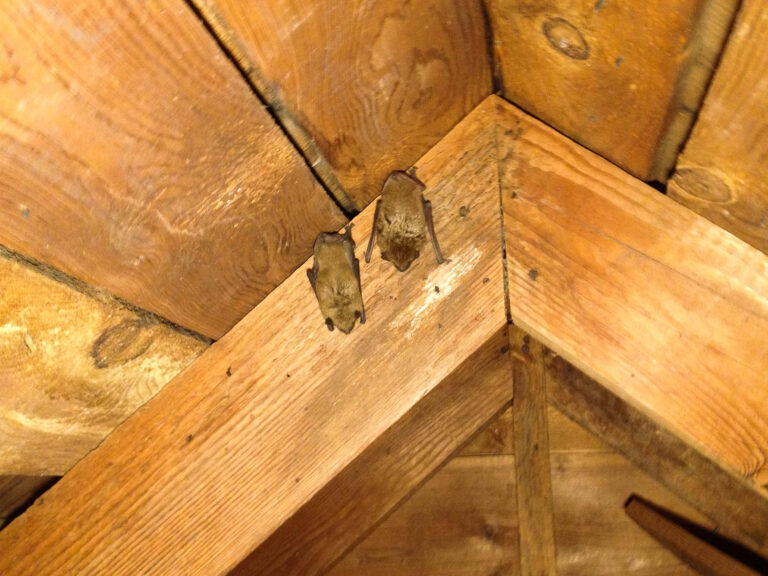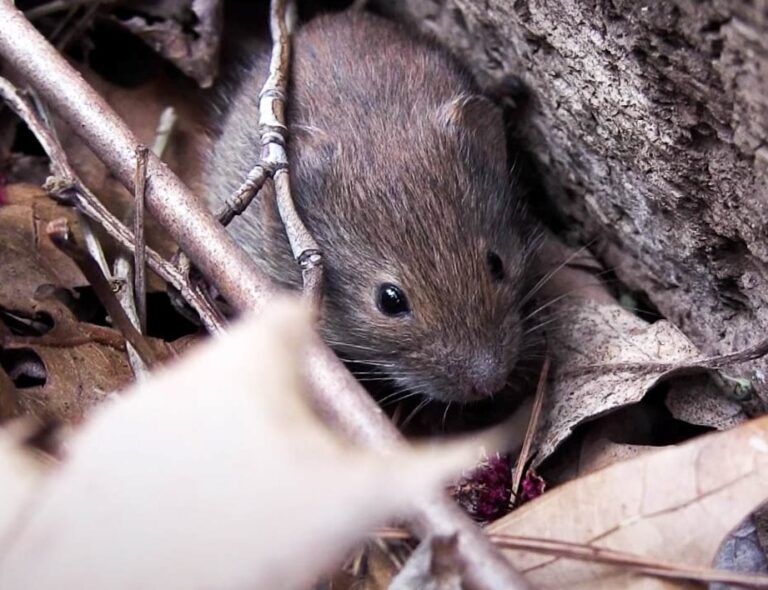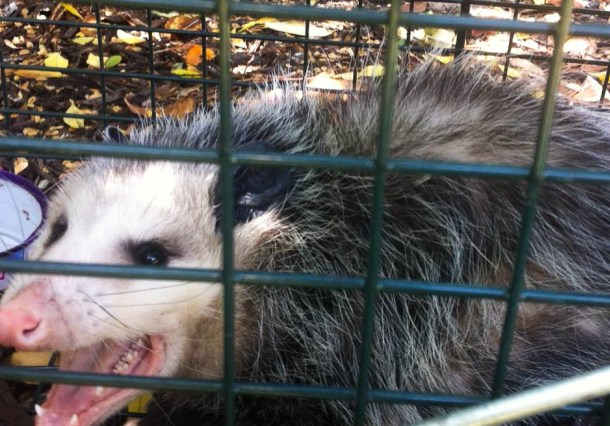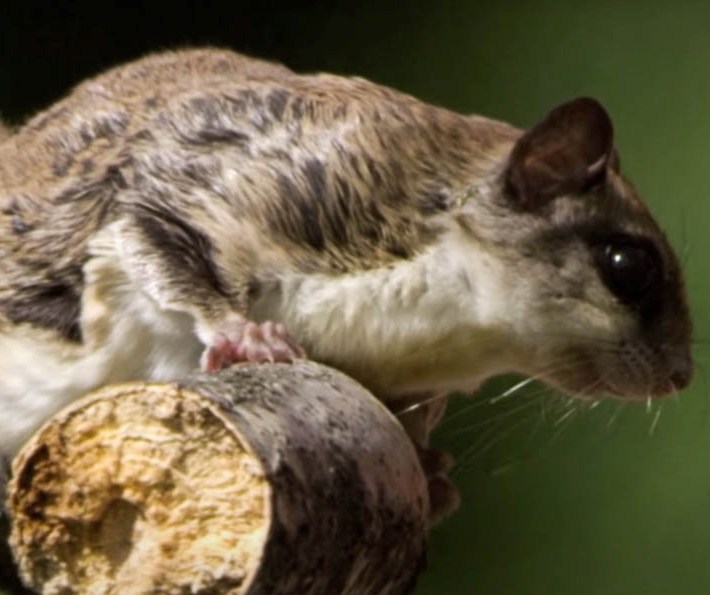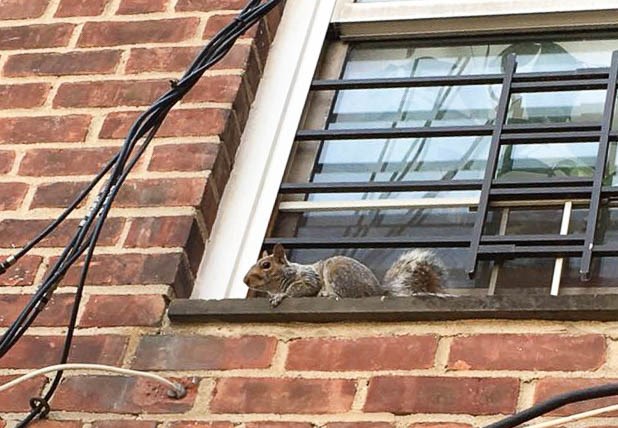About Raccoons
Appearance
Raccoons (Procyon lotor) are medium-sized mammals and are the largest members of the procynoi family. They are distinct by their bandit-like markings on their face (contrasting black fur around the face), together with a bandit-like behavior.
Raccoons have a thick greyish coat that consists of dense underfur, which helps to protect it from frigid conditions. They also have dexterous front paws and ringed long tails. Adult raccoons have a body length between 40 and 70 cm (16-28in) and weigh between 5 and 26kg (11 to 57 lb.). They are ubiquitous mammals and roam forests, marshes, prairies, and cities too.
There are only about 22 recognized subspecies of the raccoon family. Most of them differ slightly from the other in coat color, size, and other physical characteristics.
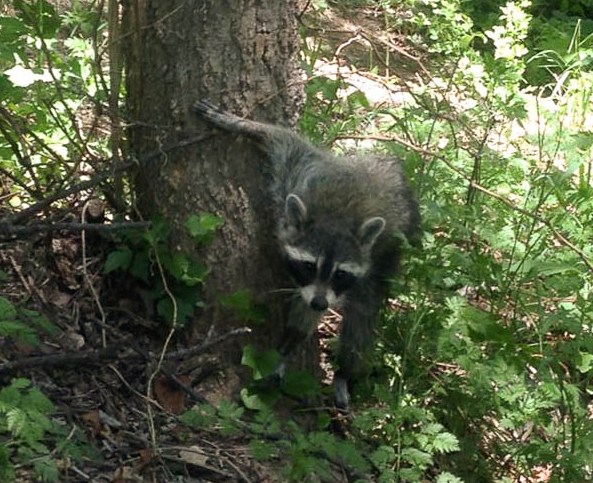
Behavior
Raccoons are very intelligent species, a reason they can survive amongst human populations, solve, and recall solutions to complex tasks. Raccoons are nocturnal and will spend most of their day resting. Raccoons are also good swimmers and can get underwater in search of food. Raccoons reach top speeds of 16-24km/h (10 to 15 mph) for short distances and can swim with an average speed of 5km/h (3 mph).
Being omnivores, raccoons will scout ponds/lakes for crabs, crayfish, frogs, and fish, collect wild berries, nuts, and dig for worms, larvae, and bugs with their sensitive feet. Living up to their bandit tag, they will also raid bird nests for eggs and baby birds, and raid farms for corn, seeds, and the rest. They will eat smaller rodents and ravage through garbage cans to scrap for food, which often results in clashes with humans.
Before eating their foods, raccoons will perform “dousing.” It takes the place of humans washing their foods. They pick it, examine it, and remove unwanted bits and pieces. Raccoons are not entirely social animals; unrelated males (up to 4) form loose social groups to strengthen their positions against intruders. Related females will live in so-called “fission-fusion societies” and occasionally meet at feeding or resting grounds. Since raccoons can be aggressive to their kits, mothers will often keep away from the group until they ready to fend for themselves.
Habitat
Raccoons are very adaptive animals and were exclusively in North America (Panama, Canada). However, intentional introductions and escapes account for their presence in many European, American, and Asian countries.
They make their homes (dens) in trees, caves, holes, crevices, and other hidden areas. Although raccoons might inhabit sparsely wooded areas, they prefer forests with lots of trees that favor climbing. It is one of their mechanisms against predators and other attackers. Raccoons favor lowland deciduous and mixed forests or mixed forests with water and marshes for easy access to food.
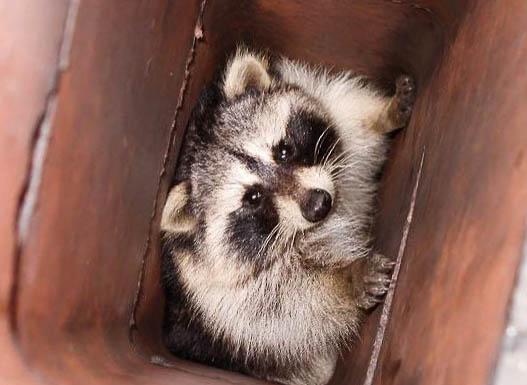
Life Cycle
Raccoons usually breed between January and March, depending on the subspecies. After mating, the females have a gestation period between 63 to 65 days and can birth between 2 and 7 kits. They are born blind and deaf, though their light furs and ‘mask’ are already visible.
The mother raccoons usually wean their kits between 6 and 9 weeks old. And by 16 weeks, they mature and leave their mothers. The females, however, remain close to their mothers/home. In captivity, raccoons can live for about 20 years. However, out in the wild, raccoons merely survive for 1.8 and 3.1 years. Many factors affect their lives out in the wild like; disease, predators, hunting, accidents with humans, and extreme weather.
It is not unusual for only half the young born to survive a full year, then the mortality rate drops. Young raccoons can also lose their mothers and die of starvation, especially in cold winters. Some of the biggest predators of raccoons are coyotes, bobcats, owls, hawks, eagles, and other larger carnivores. However, in cities, traffic accidents account for the highest cause of death.
Damages They Cause
Not cute and helpless looking are they when they begin their banditry.
Carriers of some disease
Raccoons are considered the top carriers of the rabies virus in the U.S. and can transmit this deadly disease to humans and pets, according to the CDC.
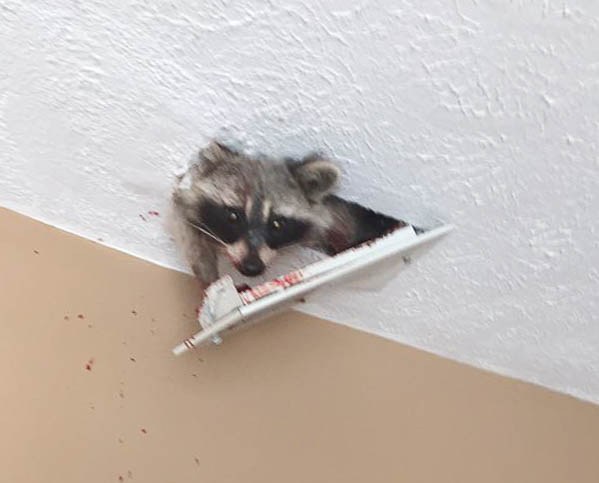
Damage to utilities
They can enter your attic or infiltrate your walls and chew through electrical wires, cables, and other utilities running through your home. It causes serious discomfort.
Damage to the lawn and landscape
With their bandit-like nature, they will dig up plants, burrow in your lawn, and chew on trees. And they’ll keep at it.
Smelly, dirty house
The stench from their droppings and urine is not only repulsive but will also cause respiratory issues to you.

